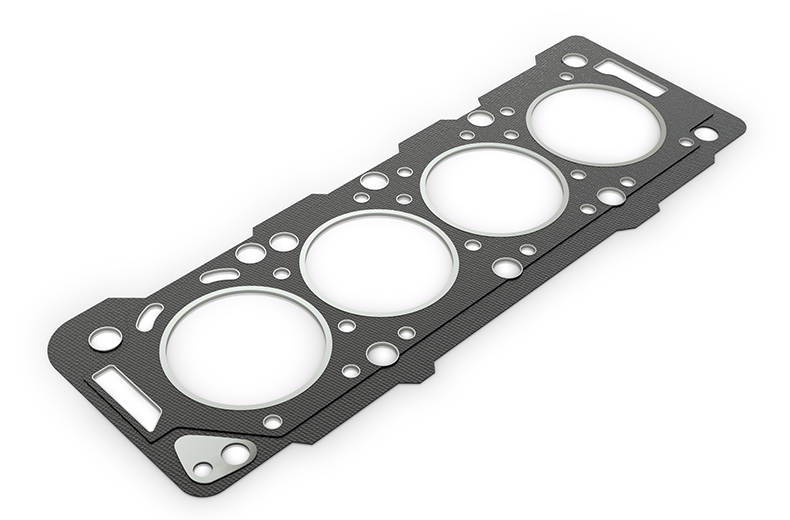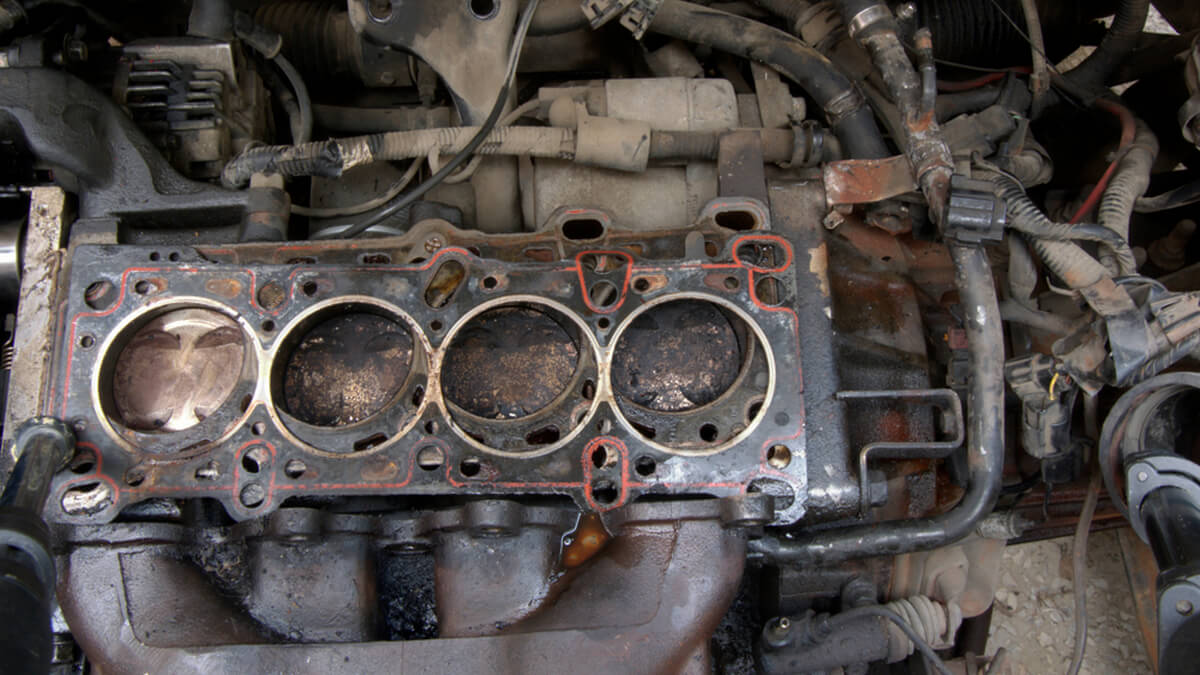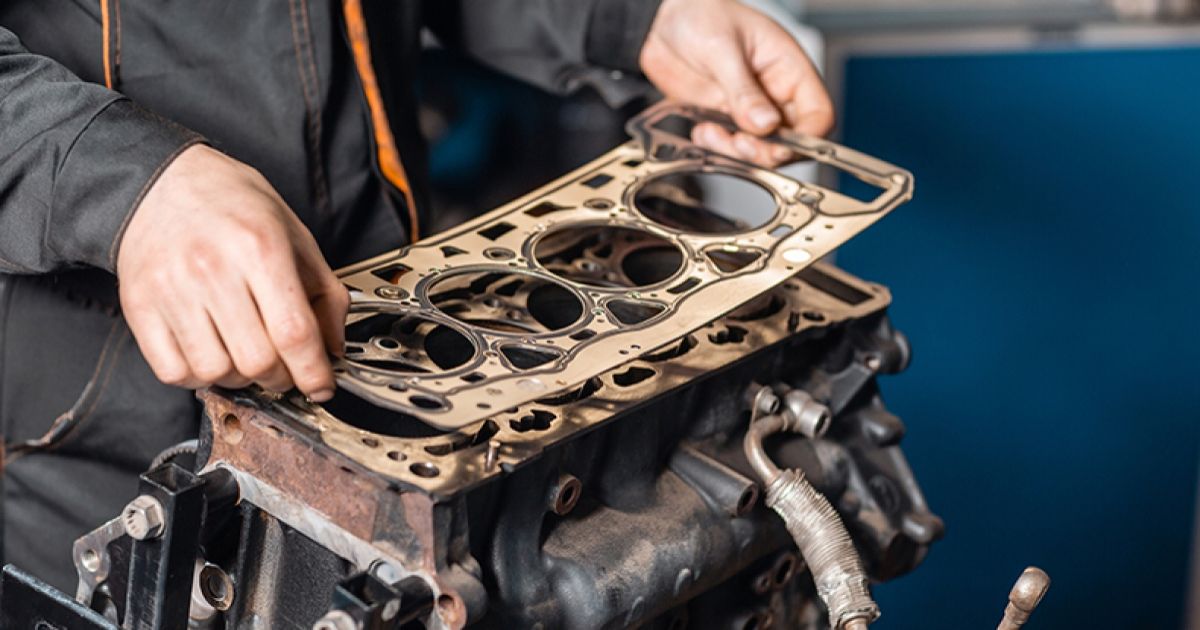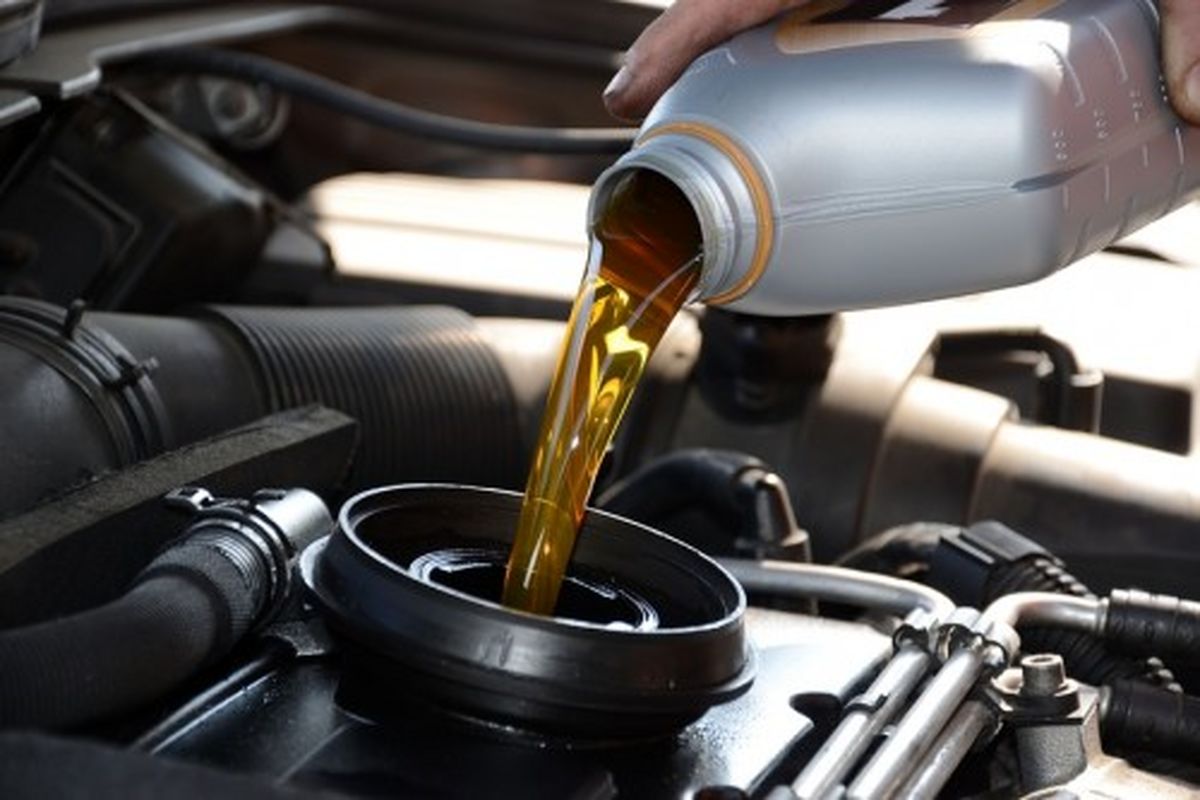What is a cylinder head gasket?
The cylinder head gasket is a piece in the car engine that we place between the cylinder and the cylinder and its task is to create a complete seal between the various systems of lubrication, water, and combustion of the engine.
Cylinder head gasket material
The cylinder head gasket, like other engine parts, is made of heat-resistant, high-pressure, high-impact material. This part must also have flexibility to be able to properly perform the insulation function of the cylinder head combustion chamber. Therefore, it is made of sheets or layers of soft metal and flexible and refractory materials. These layers in cylinder head types generally have one of the following compounds that are stacked in order:
- Asbestos – Copper – Steel
Refractory gasket – steel
Aluminum – Chrome
Copper – fireproof or asbestos cardboard gasket – steel

In general, the reasons for burning the cylinder head gasket can be divided into two categories
After several years of operation of the car engine, due to successive cooling and heating and exposure to combustion gases as well as water deposits, the cylinder head gasket wears out and loses its efficiency. Of course, it goes without saying that cars that are left unused for a long time will also wear out the cylinder head gasket after a while due to water deposits. (Note that it is better not to use ordinary water for this purpose) Therefore, the first reason for failure and burning of the cylinder head gasket should be considered in the wear and tear of its useful life.
The second reason for the gasket to burn is the increase in temperature. If any of the components of the cooling system, such as the cooling fan, radiator, thermostat, etc., break down or have problems during the engine cooling process, the engine temperature will exceed the normal range. Rising temperatures can cause the cylinder head gasket to burn if left unchecked for the first few minutes. An (excessive) increase in temperature can have several causes, which are described below:
- Radiator water depletion
Water duct blockage in the engine
Deposition or defect of the cooling system and fan; as a result of not cooling the radiator water
Radiator inlet and outlet hoses swing
Long driving in heavy traffic and high pressure on the engine in summer

Signs of burning cylinder head gasket
The presence of water in the heads of the pistons
Change the color of engine oil to milky color
Low power of the car and not having enough power
Reduction of radiator water and engine oil
The color of the smoke coming out of the exhaust at the beginning of lighting (if it is white, water has entered the combustion chamber and if it is blue, oil has also entered the combustion chamber)Finally, two important points are worth mentioning; First, the burning of the cylinder head gasket does not happen like the breaking of parts suddenly and occurs in the long run under different factors, and with periodic inspections of the cooling system, etc., the burning of the cylinder head gasket can be delayed for a long time.
Second, if your car washer burns, be sure to leave your car to a knowledgeable and experienced mechanic, because tightening a screw too much can take you back to the repair shop next week.




